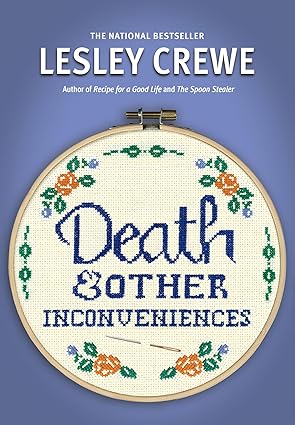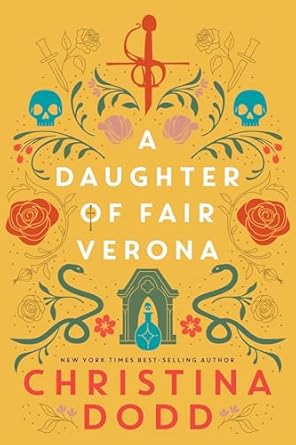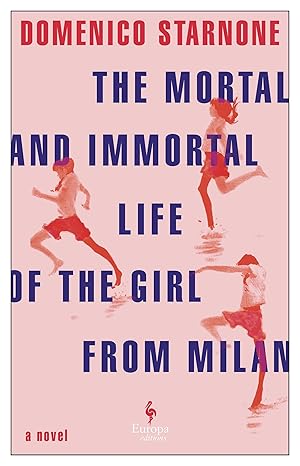4 Stars
Despite what its title might imply, this book is a fun, cozy read.
Margo Sterling is left a widow when her second husband Dick dies suddenly. She is left floundering, especially when she learns that Dick was a real dick and left her homeless and virtually penniless. The appearance of Dick’s ex-wife Carole and daughter Velma who hate Margo adds to Margo’s problems. Fortunately, she has a supportive family: her son Mike and daughter Julia and their partners, her ex-husband Monty, and her sister Eunie and brother Hazen.
This is very much a late-in-life coming-of-age story. Margo, 62, is meek and mild, insecure and indecisive; because of her lack of focus, she comes across as a bit of an airhead. Her sister Eunie knows her sister well. As a child, she had been spoiled by her parents; as an adult “Margo felt things very deeply and was always afraid of making a mistake. She could never make up her mind and people would get impatient with her.” Margo is always touching up her makeup so it’s obvious that “’Makeup is her protection. A mask she hides behind.’”
Though naive, Margo has a heart of gold so it’s understandable why others stand by her side to support her. It’s heart-warming to see her gradually gain confidence and become more independent. She comes to enjoy living alone for the first time, and she stands up for herself.
There are a lot of characters to keep track of. Besides the immediate family, there’s the partners: Julia’s husband Andre, Mike’s girlfriend Olenka, Velma’s girlfriend Joanne, and Monty’s husband Byron. Other relevant characters are Holly, Eunie and Hazen’s lodger; Gerda, Olenka’s mother; Hazel and Posy, Margo’s granddaughters; and Harman, Margo’s best friend. And then there are the animals: Stan and Mr. Magoo and Fred and Ginger and Wilf. Fortunately, each character is distinct in some way so I did not find it difficult to remember who is who. Some of these other characters also grow and change.
There is a lot of humour. Olenka always compares human behaviour to that found among animals so we learn that “’Eighteen percent of first-time [spotted hyena] mothers die when their penis-like genitalia rips open’” and “’[Giraffes’] calves fall six feet to the ground when they’re born. That breaks the umbilical cord and gives them the incentive to take a breath.’” The young granddaughters make unintentionally humourous comments. For example, when Margo stops using a lot of makeup, Hazel asks her, “’Did you lose your crayons?’”
Reading Lesley Crewe’s books has been compared to receiving hugs. I love that description. This is a heart-warming book that touches on relatable events happening to relatable people. My favourite line is from the last page: “’Older females are the world’s most adaptable creatures.’”







